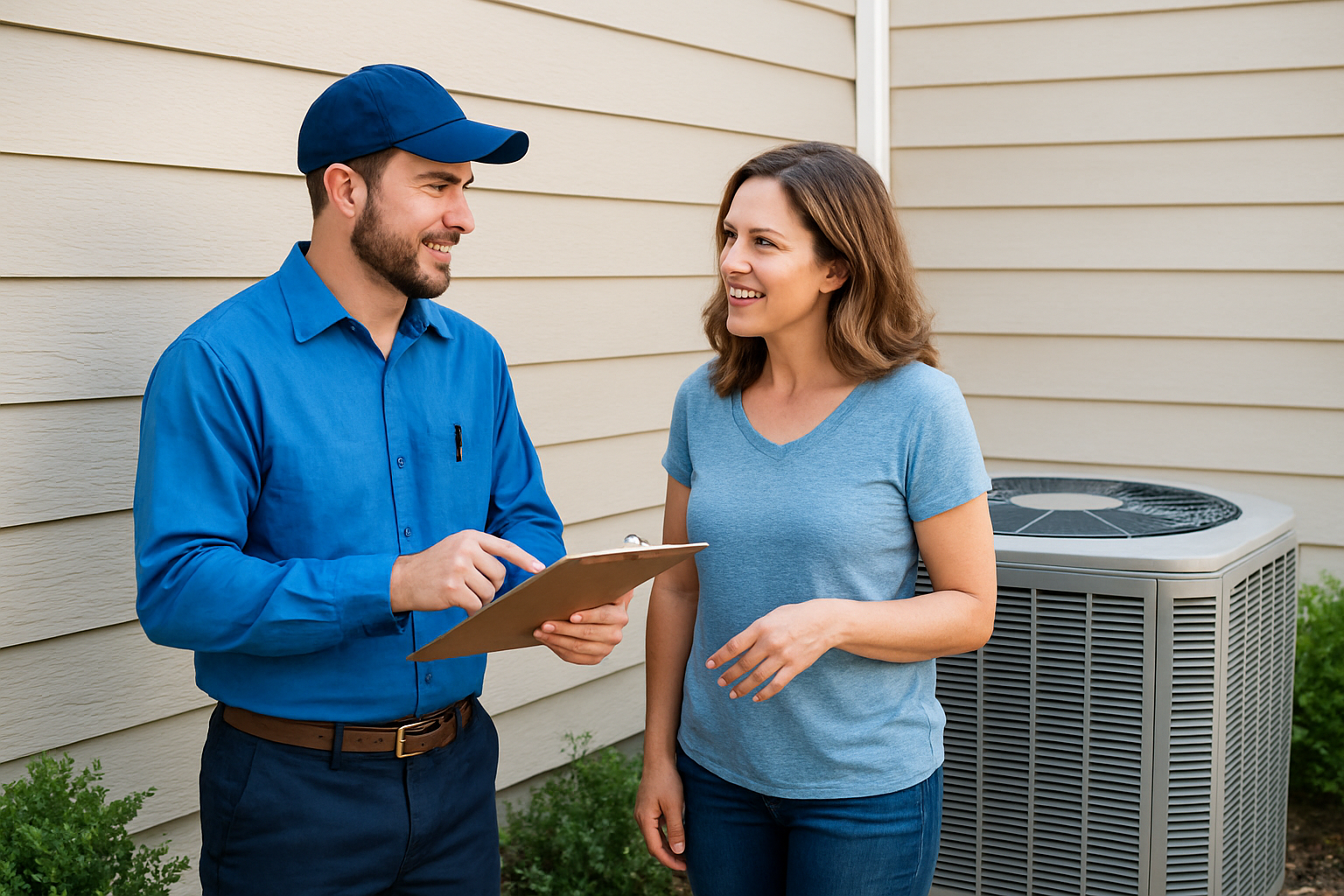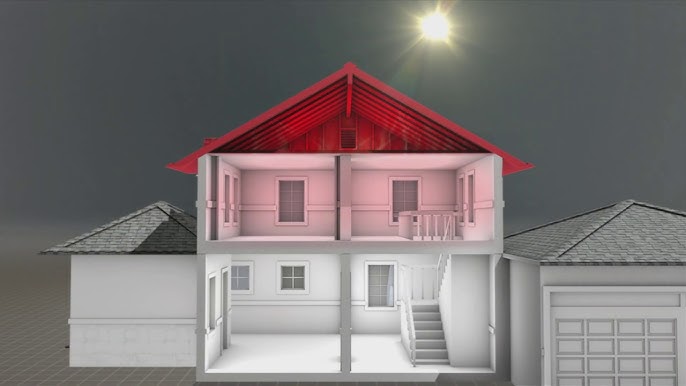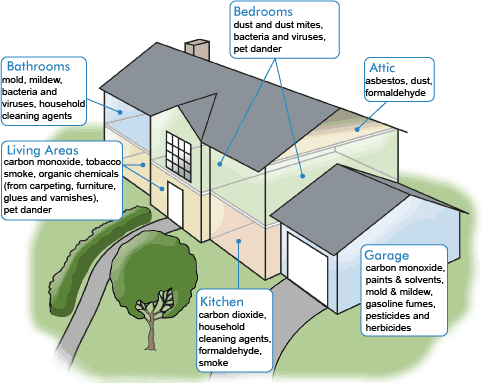
Although Los Angeles' outdoor smog problems are well known, indoor air pollution can be just as big a hazard. Dust, bacteria, pollen and other emissions can get trapped inside a building. Their presence can cause everything from minor irritations like frequent sneezing and itchy eyes to major problems like aggravating asthma or allowing buildup of potentially toxic pollutants.
Indoor Air Quality Solutions
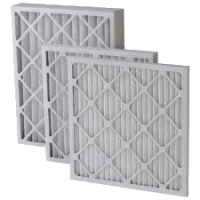
Air filters and cleaners help alleviate these problems. The solution is as simple as adding a filter or cleaner to a building's heating, ventilation and air conditioning (HVAC) system. Filters are barriers that help catch pollution, whereas cleaners are more elaborate devices and more effective.
Filters can come in several varieties and different prices. Think of them as a net that catches all the bad air pollution and prevents it from being vented around the building.
The most basic type of filter is a disposable fiberglass panel that easily slots into a HVAC system. Disposable filters are the cheapest option but the disadvantage is that they might not capture all of the emissions that could cause health problems. Air particles are measured in microns, which is a millionth of a meter. For comparison, a dust mite or a human hair are about 100 microns. Some of the most harmful particles are those at 0.3 microns or smaller, and disposable filters might not catch all of them, so the health costs could outweigh the benefit of the low cost.
One alternative is to purchase a pleated filter that has a larger surface area than a disposable filter and can therefore catch more pollutants. They're also a relatively cheap option for a HVAC system, and more effective at capturing particles than the disposable filters. Yet both types of filters require fairly routine replacement, so the cost of this method can add up over time.
Additional Air Filter Options
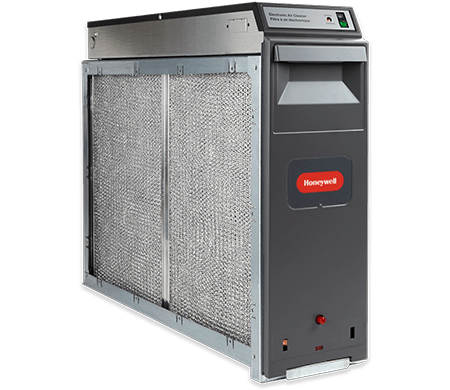
Other options for filters include polyester which can achieve indoor air protection similar to the pleated filters, or electrostatic filters that can be washed and reused but require constant upkeep.
However, to really improve indoor air quality it's worth considering more expensive options, such as a media air cleaner. This system traps particles and keeps the air clean, and is more effective than the disposable stand-alone filters. Although the cost of a cleaner is higher, the maintenance required tends to be less than having to constantly remove and replace disposable filters.
Electronic air cleaners are also on the market, albeit an even more expensive option. These create an electric charge to capture particles, making it highly effective. These units can capture particles as small as 0.3 microns that some of the cheaper cleaners or filters can't prevent.
When deciding on the best type of air filter or cleaner for a home or business, it therefore comes down to the budget for a project and the level of health protection desired. Our expert team can offer advice on all the options, including a free in-home consultation. To learn more about services our company offers, please visit our homepage.


















